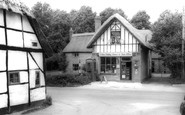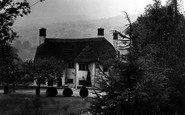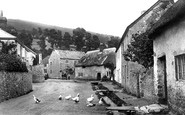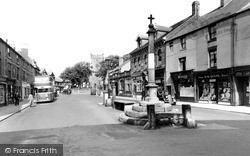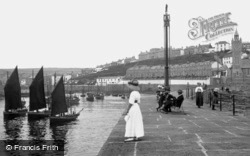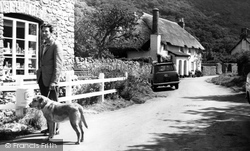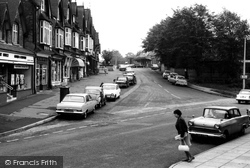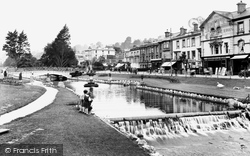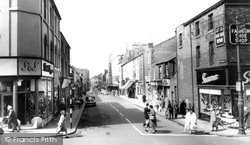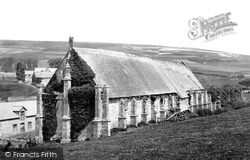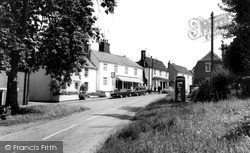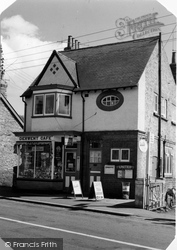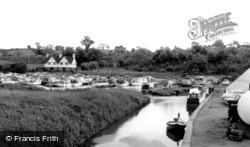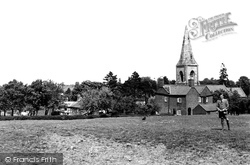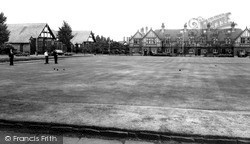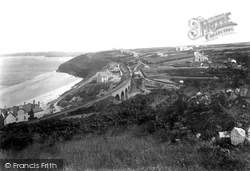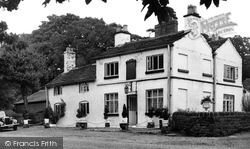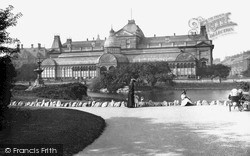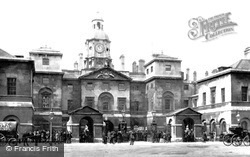Places
3 places found.
Those places high-lighted have photos. All locations may have maps, books and memories.
Photos
68 photos found. Showing results 1,421 to 68.
Maps
12 maps found.
Books
15 books found. Showing results 1,705 to 15.
Memories
7,562 memories found. Showing results 711 to 720.
My Grandparents
My grandparents lived at Fern Cottage. They moved there before the war and had two children, Dick and Jean. Dick was based at Wick and died in the war. Jean, my mum, married and had me and my sister. I have wonderful ...Read more
A memory of Cropwell Bishop in 1960 by
63 81
I lived on Carlton Road, across the A22 from Danemore Lane, close to Anglefield Corner from 1963 to 1981 and have very fond memories of a fun childhood, lots of friends, and a lot of fields, streams and lakes to play in. I went to ...Read more
A memory of Blindley Heath in 1963
6th Northwood Scouts Go Hostelling
I remember staying at the youth hostel in Greens Norton with the patrol leaders of the 6th Northwood Scout Group. I was an ASL (Assistant Scout Leader) with the troop for several years and as I had always ...Read more
A memory of Greens Norton in 1980 by
Nether Wallop 1930 1940
My uncle, Sir Howard Button. bought 2 cottages, Mallows and Yew Tree Cottage and a house, Straw Hall, in 1915. I have an album of photographs of the cottages from 1915 - 1926. My uncle let us (my parents, my brother ...Read more
A memory of Nether Wallop in 1930 by
Totney House
The is a picture of Totney House on lower Kingsdown Road. I was captivated by this house as a small child walking past it, with its white-washed walls and thatched roof. I eventually got to go inside when a school ...Read more
A memory of Kingsdown by
Childhood Memories South Park 1960s Approx
I like to remember my childhood in Darlington where I grew up until I moved to Whitley Bay. We used to spend lots of time in the South Park, on the swings, around the rose garden and of course the ...Read more
A memory of Darlington in 1960 by
Early Memories Of An Ascotonian
I was born at 40 Bracken Bank (off Fernbank Road) in June 1953. I attended Ascot Heath Primary School on the original site in Fernbank Road, from 1958 until 1964. I remember Richard Dale from these days, although I ...Read more
A memory of Ascot in 1960 by
Rivierra Lodge
When Mr & Mrs Carrington had White Lodge I used to be employed by them every summer helping out in the kitchen and looking after the children. When they sold White Lodge and bought The Riviera lodge I once again worked for ...Read more
A memory of Mawgan Porth in 1966 by
The Keelings 1940 Evacuees
My sister, Joy, elder brother, Richard and myself, John Keeling, were evacuated to Llanharan in June 1940. After a short time Richard and myself were placed with a lovely old lady at 12 Seymour Avenue, Mrs Surridge. I ...Read more
A memory of Llanharan in 1940 by
The Ship Inn At Axmouth.
The Ship Inn can be seen to the left of the photograph; just beyond the wall. My great-great-grandparents, John and Mary Real (born in Axmouth in 1821 and 1824 respectively) were licensees of The Ship Inn, Axmouth, at the ...Read more
A memory of Axmouth in 1960 by
Captions
2,501 captions found. Showing results 1,705 to 1,728.
The girl in the immediate foreground obviously liked having her picture taken, as she is also in Photograph No 48895.
Lining the centre of the street are the town's stocks, market cross, fish slab and whipping post; the lamp behind was erected to commemorate Queen Victoria's golden jubilee.
The attention of the lady in the fore ground is riveted by the crew in the fishing boats as they adjust their sails in preparation for leaving harbour.
Little has changed here, thanks to the National Trust. Bossington is part of the Holnicote Estate, which was given to the Trust by Sir Francis Acland in 1944.
The advent of the motor carriage did not prevent the hotel advertising the stables at the back of this famous coaching hotel.
The railway station at the back of this picture is the reason for Dorridge's existence. Until the London to Birmingham railway was built in 1852, there was no Dorridge.
The Dawlish Water and its high tributary the Smallacombe Brook rise on the wooded heathland of Little Haldon Hill, which rises 800 feet at the back of the town.
The Dawlish Water and its high tributary the Smallacombe Brook rise on the wooded heathland of Little Haldon Hill, which rises eight hundred feet at the back of the town.
Before the golden age of granite, brick was often used for gables, even in a building right in the middle of the city. This is a very early form of flats, possibly built about 1775.
On the right-hand corner with Dalton Road is Saxone Shoes, now Thomas Cook.
Here we see the back of the great tithe barn, which was built in about 1413. It was claimed to be one of the largest in the country at 276ft long.
The long white building has its roots in the 15th century. It was once The Red Lion, but later became a garage.
Just four miles west of Scarborough travellers were tempted to stop for refreshments at the Derwent Cafe. The cafe is now in the back part of the building, while the front is a general store.
The people of Leeds flocked here at weekends to listen to the band playing and to savour the fresh air.
The people of Leeds flocked here at weekends to listen to the band playing and to savour the fresh air.
What is now a short arm and extensive marina moorings was once the main line of the Oxford Canal.
Close to the village, medieval ridge and furrow cultivation has been preserved in its meadows and closes, and on its western edge the back lanes seem to be in an unusually complete state.
Bolton Road was the first paved road laid in Port Sunlight, and W H Lever named it after his home town as a reminder of his roots.
The residential nature of the place led to the establishment of quality retail outlets.
This view shows Carbis Bay when it was still largely undeveloped, with just a scattering of houses above the cliffs overlooking the sandy beach.
By the time this photograph was taken, the Wizard had started its transformation from a cheerful tearoom for walkers and cyclists into a select restaurant.
This is Mowbray Park, created in the 1850s out of Bildon Hill and the old quarries on its north face.
A crowd, mainly male, has gathered for the Changing of the Guard in five minutes' time at 11.00am.
This is Mowbray Park, created in the 1850s out of Bildon Hill and the old quarries on its north face.
Places (3)
Photos (68)
Memories (7562)
Books (15)
Maps (12)

